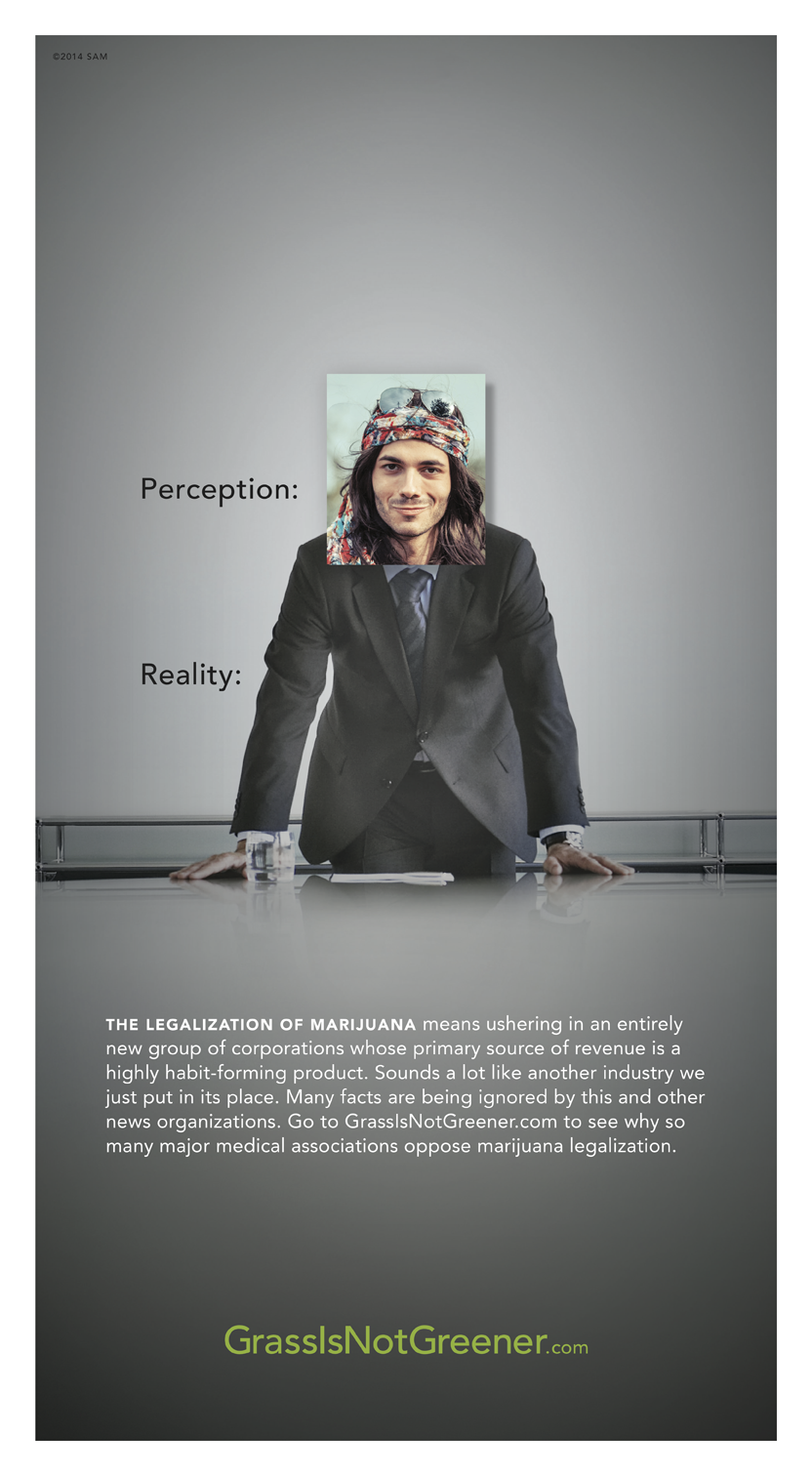Washington State is considering including pot vending machines in their retail stores! The self-serve machines are being touted as “convenient for customers who don’t want to wait in lines, and for those who are particularly shy.”
About the Author
A Gonzo journalist hailing from New York City, Gonzo has contributed to pretty much every marijuana magazine and blog in the nation. He covers Medicinial, Growing and National News for Higher Ground. And since it’s not legal where he lives, he’ll remain anonymous. For now.You Might also like
-
DRUG SENTENCING CHANGES WILL SAVE TAXPAYERS BILLIONS
A proposed change to the nation’s rigid drug sentencing laws could save taxpayers billions, according to a new report by the United States Sentencing Commission, the agency that guides sentencing policy for the federal courts.The report, released Tuesday, examines the impact of a reform that would shave an average of two years off the sentences of roughly half the people serving time in the federal prison system for drug crimes. Doing so would save the government 83,525 “bed years,” the report concludes. (A “bed year” is the bureaucratic term for the cost of keeping one person behind bars for one year.)
With about 100,000 federal prisoners doing time for drugs, at the cost of nearly $30,000 per prisoner a year, that comes out to more than $2.4 billion in total savings.
Recent remarks by Department of Justice officials suggest that they could use every cent. Prison costs make up a third of the department’s budget, and the department’s inspector general has warned that prison overcrowding poses an “increasingly critical threat” to the safety and security of prisoners and staff.
Last month, the seven-member Sentencing Commission voted unanimously to adopt a change to the sentencing guidelines that would reduce drug sentences by an average of about 11 months per prisoner. Unless Congress rejects the change, it will go into effect on Nov. 1. Tuesday’s report considers what would happen if the reform were applied to prisoners who are already behind bars. The commission says it will decide by July 18 whether to make the change retroactive.
Mary Price, an attorney with Families Against Mandatory Minimums, a group that opposes harsh sentencing laws, supports retroactivity “for so many reasons.”
“It would be a cruel irony to fix the problem of over-sentencing only to deny relief to the thousands who have suffered its consequences,” she said in a statement. “It will also make a real impact on the federal prison population, which hovers at nearly 40 percent above capacity and which siphons funds needed for crime prevention, detection and prosecution.”
To understand how the proposed reform would work, one needs to understand something of the history of America’s byzantine sentencing system. In 1986, at the crest of a national wave of concern about crack cocaine, the U.S. adopted a law that assigned specific sentencing levels and penalty ranges to a variety of drug crimes. For example, if someone is convicted of selling 15 grams of meth, that person is considered a “level 18” offender under the Anti-Drug Abuse Act of 1986, which imposes a recommended sentence for the crime, generally between 27 and 33 months in prison.
The new guidelines adopted by the Sentencing Commission would lower the standard sentencing levels by two points across the board. In this example, a person convicted of selling 15 grams of meth would then be rated a “level 16” offender, resulting in between 21 and 27 months behind bars.
Of the 100,888 people currently in federal prison for drug convictions, only about half would be eligible for a sentence reduction under the reform, should it be applied retroactively. Many of the ineligible prisoners were sentenced under separate mandatory minimum statutes that require they spend a fixed amount of time in prison.
The reform is just one measure that could allow the Department of Justice to trim its bloated prison budget. Congress is considering a bipartisan bill that would reduce mandatory minimum sentences for those convicted of nonviolent drug crimes, and the Justice Department recently announced a huge expansion of its clemency process, which could lead to hundreds of drug prisoners going free before their sentences are up.
(Thanks to reporter Saki Knafo and the HuffPo for this story)
-
GrassIsNotGreener Is a Downer, Man
At HigherGround, our responsibility is to show you all sides of the debate in and around the legalization of marijuana (aka Prohibition), and let you decide where you stand. The following is an ad from a coalition who opposed the recent editorial decision at the New Times Editorial Board which endorsed the legalization movement. Have a read, and we’ll be following up with additional thoughts and perspectives.(From the Washington Post)
A coalition of groups is running a full-page advertisement in the New York Times this weekend, advocating against the maturing movement to legalize marijuana.The ad comes in response to a New York Times editorial series launched last weekend arguing for an end to marijuana prohibition. In it, the newspaper’s editorial board advocated for an end to the federal ban on the drug. The ad, pictured below, features a businessman with the pasted-on head of a hippie, a visual metaphor for what the groups warn is the disconnected perception and reality when it comes to legalization.
“The legalization of marijuana means ushering in an entirely new group of corporations whose primary source of revenue is a highly habit-forming product,” the ad reads. “Sounds a lot like another industry we just put in its place. Many facts are being ignored by this and other news organizations. Go to GrasslsNotGreener.com to see why so many major medical associations oppose marijuana legalization.”
The website, which contains resources about the dangers of marijuana, is affiliated with Project SAM, which stands for Smart Approaches to Marijuana. The nonprofit was co-founded by former congressman and former head of the Democratic Congressional Campaign Committee Patrick Kennedy and former Obama administration drug policy adviser professor Kevin Sabet. It advocates against legalization, but in favor of dropping mandatory minimum sentences and removing criminal penalties while expunging records for low-level users of the drug, and pushes for better access to treatment, education and prevention. The group contends that legalization risks the creation of a predatory industry
“In the marijuana business, the values of the flower children have been quickly replaced by the values of Wall St. power brokers,” Sabet said in a statement. “We’re on the brink of creating the next Big Tobacco. We feel like this is an important message most Americans have not considered.”
The implementation of legalization by Colorado officials–some of them at least initially opposed to it–has been described as a success, though it’s too early to assess the public health impact of the law itself. In Washington, the only other state to also legalize pot, the drug went on sale this month. Legalization is on the November ballot in Oregon and Alaska.
The coalition behind the new website includes:
The American Society of Addiction Medicine, a group that boasts more than 3,000 addiction physician and professional members
The National Association of Drug Court Professionals, a nonprofit whose members include judges, attorneys and clinical specialists
National Families in Action, a group dedicated to getting state laws passed to prevent marketing of drugs and drug use to children.
Parents Opposed to Pot.(Thanks to Niraj Chokshi for this story. Niraj also reports for GovBeat, The Post’s state and local policy blog.)
http://www.washingtonpost.com/blogs/govbeat/wp/2014/08/02/coalition-runs-full-page-new-york-times-ad-to-dispute-pro-marijuana-editorial/
-
The Truth About Driving While Baked Outta Yer Mind
Since our initial investigative report on the dangers of smoking and driving (see video below)others have taken up the cause. Here’s a comprehensive piece from our friends at The Daily Beast





